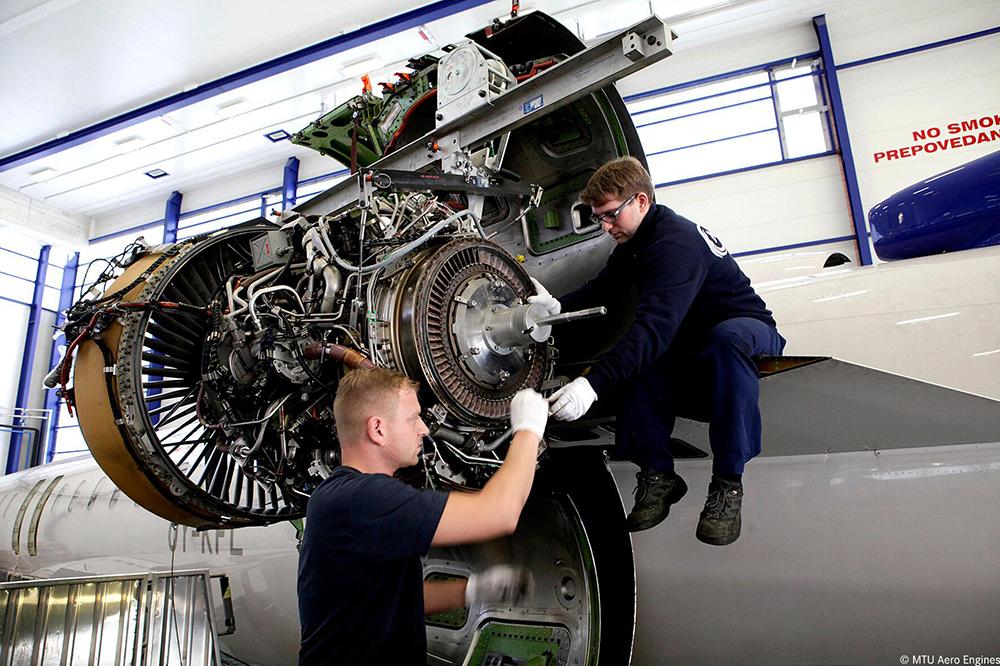
MROs are facing a youth problem—in more ways than one.
Boeing’s latest Pilot and Technician Outlook, released July 25, has highlighted two key age-related issues that will impact the MRO industry over the next two decades. The OEM says MROs will need to both recruit a younger workforce, and ensure that senior knowledge is being passed down to these new aviation maintenance technicians (AMT) as the aging workforce continues to retire in droves.
According to Boeing’s report, “juniority across the workforce” will be a major challenge over the next two decades. It is one that is likely to hit the MRO industry particularly hard due to the older average age of its workforce. Last year, the Aviation Technician Education Council reported that the average age of an FAA mechanic was 53 years old—11 years older than the median age for a U.S. worker. In 2021, 36% of the AMT workforce was 60 years or older. Many of these older workers took early retirement during the COVID-19 pandemic, and Boeing expects this retirement trend to accelerate over the next 5-10 years.
The OEM’s 2022 Pilot and Technician Outlook forecasts demand for 610,000 new maintenance technicians through 2041. Boeing says the largest portion of these (250,000) will be needed in the Asia-Pacific region, followed by North America, which will need 134,000, and Europe, which will need 120,000. The OEM expects the Middle East to need 50,00 new technicians, Latin America to need 35,000 new technicians and Africa to need 21,000 new technicians over this period.
While this number is down slightly from last year’s forecast of 626,000 new technicians, Boeing chose not to include a forecast for Russia this year, which impacted the total. In last year’s forecast, the OEM predicted a need for 25,000 technicians in the Russia and Central Asia region. The OEM says Russia’s war in Ukraine has created a high level of uncertainty, although there is still demand for pilots, technicians and cabin crew in the Russia and Central Asia region. As with 2021’s forecast, Boeing omitted numbers for business aviation and civil helicopter demand, which has also somewhat reduced total numbers compared to 2020’s forecast of 739,000 new technicians needed over the next 20 years.
To tackle the challenges posed by the rapidly aging and retiring MRO workforce, Boeing says innovation within training will be particularly important to help bridge the gap. The report states that “knowledge transfer to junior workers will remain essential to conserve critical expertise and specialized skills.” Boeing notes that as technician ages continue to rise and new entrants to the profession continue to slow, education outreach efforts will be necessary to reverse this trend.
In addition to AMT demand, Boeing’s report also predicts that the industry will need 602,000 new commercial pilots and 899,000 new cabin crew personnel over the next two decades





